Beavers in the wild live about 10 to 12 years. They have been known to live as long as 19 years in captivity. They continue to grow throughout their lives and may reach 3 to 4 feet (0.9–1.2 m) long, including tail. Although most adult beavers weigh 40 to 70 pounds (17–32 kg), very old, fat beavers can weigh as much as 100 pounds (45 kg).
The beaver's heavy chestnut brown coat over warm, soft underfur keeps the animal comfortable in all temperatures. It has large, webbed feet and a broad, black tail (about 10 inches long and 6 inches wide or 25 cm long and 15 cm wide) that can be used as a rudder when swimming. When slapped against the water it serves as a warning, but it can signal other emotions as well. When the beaver stands up on its hind legs to cut down a tree, the tail is like a fifth leg used for balance.
The beaver is designed to swim and work under water. When submerged, nictitating membranes protect its eyes and its nose and ear valves close. A beaver also can cut and carry submerged wood without getting water in its mouth by drawing its loose lips tightly behind the protruding front teeth.

.jpg)




 Alaska Time
Alaska Time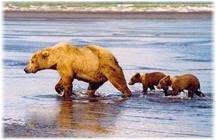








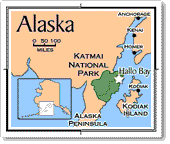




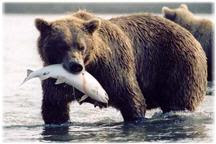
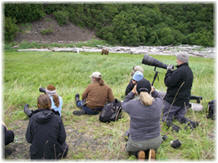




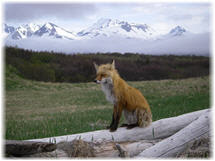


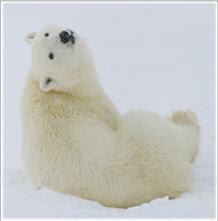







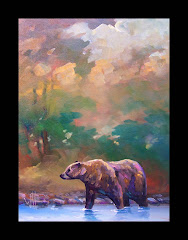





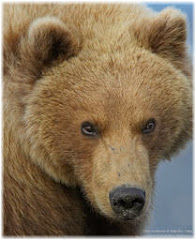




No comments:
Post a Comment